When it comes to knee injuries, particularly those involving the rupture of the anterior cruciate ligament (ACL), there is a significant gender gap. Statistically, female athletes face a significantly higher risk of ACL injury compared to their male counterparts, with a susceptibility three to six times greater than that of men. According to the recent UEFA women’s elite club injury study, 64% of ACL injuries were non-contact, emphasising the complexity of these incidents. Women face a higher risk,
Whether you're male or female, suffering an ACL injury is a significant setback, often leading to a nine-month absence from the field of play. Recovery is a lengthy and sometimes isolating journey, unique to each player. Arsenal's recent documentary, "Step by Step," sheds light on this as it chronicled Beth Mead and Vivianne Miedema's return to play.
Recently, Australia's beloved striker, Sam Kerr, has joined the rapidly growing list of high-profile female players affected by the dreaded ACL injury leading to Kerr being sidelined for the foreseeable future and most likely, missing the Paris 2024 Olympic Games.

So, why female athletes at a higher risk of rupturing their ACL?
Ongoing research aims to comprehend the multifaceted causes, prevention strategies, and recovery methods. Australian Sports & Exercise Physiotherapist Jess Cunningham and author of best selling "POP: When Sport Brings Us To Our Knees" shines a unique lens on ACL injuries and their management and helps us understand why female athletes are more at risk.
In her book, Jess shares insightful and inspiring stories of 13 Australian athletes and their journeys through ACL injury, rehabilitation, and return to sport. Reflecting on their unique experiences, each athlete provides valuable insights and advice so that anyone working through their own ACL injury can learn from their successes-as well as their mistakes-and be motivated to complete their rehabilitation successfully so as to return to the sport or active life they love and avoid re-rupture.
In this article, we interview Jess in order to delve into the reasons behind the disparity between male and female ACL injuries and explore what can be done to prevent ACL injury in female athletes.

Lydia: Is there any link between the female menstrual cycle and ACL injury?
Jess: There is some evidence that injury risk and response to exercise vary throughout the menstrual cycle, however care must be taken when applying this across the board to female athletes and their training for a variety of reasons. There can be great variability of the menstrual cycle not just between women, but individual women can experience variations within their own cycle from month to month and over their menstruating years. There are also many women who have menstrual dysfunctions and irregularities (that they may or may not be aware of), who’s hormonal profile will vary from the text book 4 phase cycle. As well as the fact that for all of the studies that do show that menstrual cycle hormones can influence injury rates, there are also other research studies that contradict these findings. Hence it is important to note that there can be no consensus on this topic at this point which can be broadly applied to exercising females – we simply do not yet have the research to say that every woman in this phase is going to be affected this way. An individual approach is required. And the best place to start is by stating the importance of cycle tracking – not just for where the milestones (ovulation and menstruation) are occurring, but also for the symptoms (pain, fatigue, bloating, etc) that may be experienced as well during different times over the cycle.
Lydia: What role do contraceptives play? Do they prevent ACL injury in female athletes?
Jess: There is conflicting evidence across this topic. The strength of evidence is low for those studies supporting the use of hormonal contraception for ACL injury protection, and life-long dangers of prescribing adolescents with hormonal contraception for long term (impair ovulatory cycle development and reduce peak bone mass from being obtained) need to be considered. Hormonal contraceptive use needs to be assessed on an individual basis looking at the health of the whole athlete, not just from an ACL injury prevention lens.
Lydia: When it comes to anatomical risk factors, it has been stated in the past that wider hips, a larger Q angle makes females at more risk for ACL injury. Is that still the case?
Jess: Differences in female anatomy and biomechanics (such as smaller ACL size, greater Q angle due to a wider pelvis, and a shallower femoral notch) have long been reported as risk factors for ACL injuries. We are unable to change female anatomy, however we are able to improve lower limb biomechanics with better physical preparation. This can be achieved through completion of one of the many evidence-based ACL injury specific prevention programs, as well as by addressing the bigger gendered social and cultural factors such as reduced training access and training age for females when compared to males.

Lydia: Are there specific training protocols available today to help prevent ACL injury in female athletes?
Jess: There are many evidence-based sports-specific ACL injury prevention strategies that have been shown to reduce the likelihood of ACL and lower limb injury by around half in all athletes, and up to two-thirds in females. As well as reducing injuries, these programs have the added benefit of improving performance and require only 10-15 minutes to complete—either before or after training and games, or at home. For the programs to be effective they need to be completed routinely, and in an ideal world at all levels of sport.
Examples of these programs can be found via:
FIFA
11+ (adults)
www.footballvictoria.com.au/sites/ffv/files/2019-05/11plus_ workbook_e.pdf
11+ Kids
www.footballnsw.com.au/wp-content/uploads/2019/04/FIFA-11- Kids.pdf
Soccer Australia
Perform+ (adults)
www.footballaustralia.com.au/performance/football-australia-perform
Fundamentals+ (kids)
www.footballaustralia.com.au/performance/football-australia-fundamentals
Netball Australia
The Knee Program
AFL
Prep to Play
https://coach.afl/prep-play-warm
Rugby Union
Activate Program
www.australia.rugby/participate/coach/coaching-resources/world-rugby-activate
Lydia: Do these programs differ from ACL training programs for men?
Jess: At the moment they don’t. Most of the programs are relatively similar in content and focus on lower limb strength, control and functional exercises. I think we need to focus on addressing the bigger issues of gendered training access and training age. For example most female athletes will have had far less total hours or years of good quality training compared to their male counterparts in the same sport. If we close that gap and offer the same quality of training and preparation for female athletes from a young age, this will make a massive difference in reducing injury rates.
We should also focus on implementing these injury prevention programs consistently (not just at certain times of your cycle) and encourage young girls to participate in equal amounts of sport and physical activity as their male counterparts, rather than potentially placing fear into female athletes that they are ‘fragile’ at certain times in their cycle. Instilling this 'fear' could impact them psychologically and potentially make them reduce their training and activity which could further compound their athletic preparation.
Final thoughts
ACL rupture is a devastating injury. I unfortunately have experienced ACL rupture twice in my career as an aerial skier and spent nearly two years in rehabilitation. It was the reason I created BodyICE - I found cold therapy really helped me control pain, swelling and inflammation. Female athletes in general do have anatomical and hormonal risk factors that could increase their chance of sports injuries when compared to male athletes however, it must be noted that these are not the only factors for why we are seeing an increased rate of ACL injury in female athletes world wide.
We can and should adopt a pro-active approach and mitigate the risk of ACL injury in female athletes by implementing preventative training protocols from a young age that will address muscle strength, joint stability and functional exercises to best prepare them for elite level competitive sport.With preventative measures in play, we should see a decrease in ACL injury rates in female athletes.
BodyICE Post Surgery Knee Ice Packs
If you've just had knee surgery or looking for the best ice pack to manage your knee injury, we have a range of knee ice packs that will help ease pain naturally and control swelling and inflammation. Seek advice from a sports medicine specialist for a full diagnosis and/or injury prevention program.


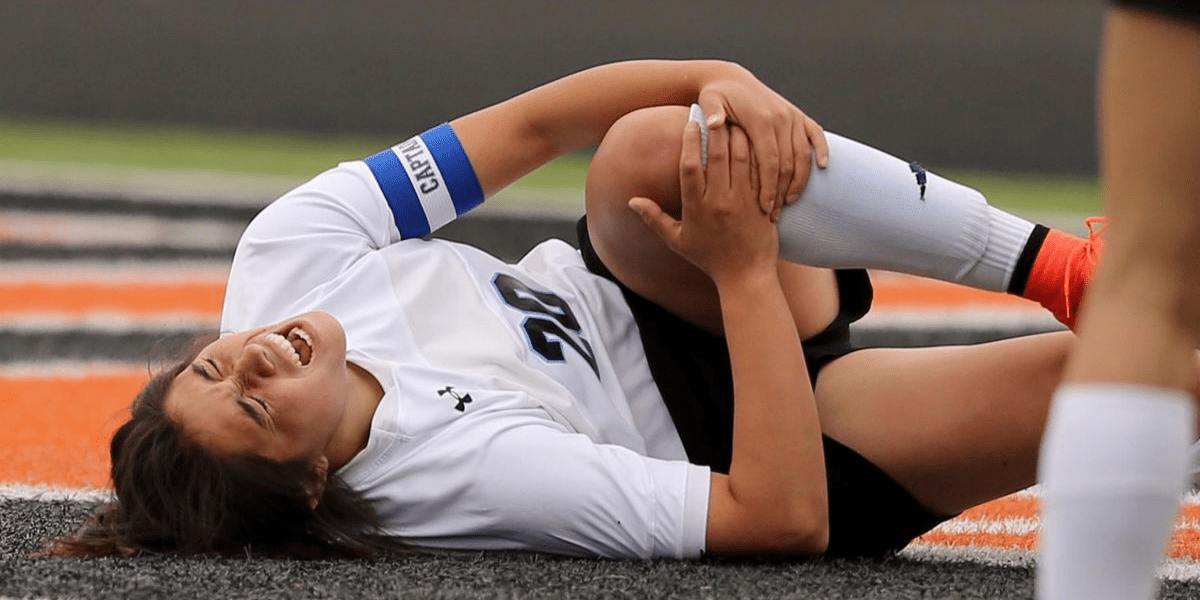

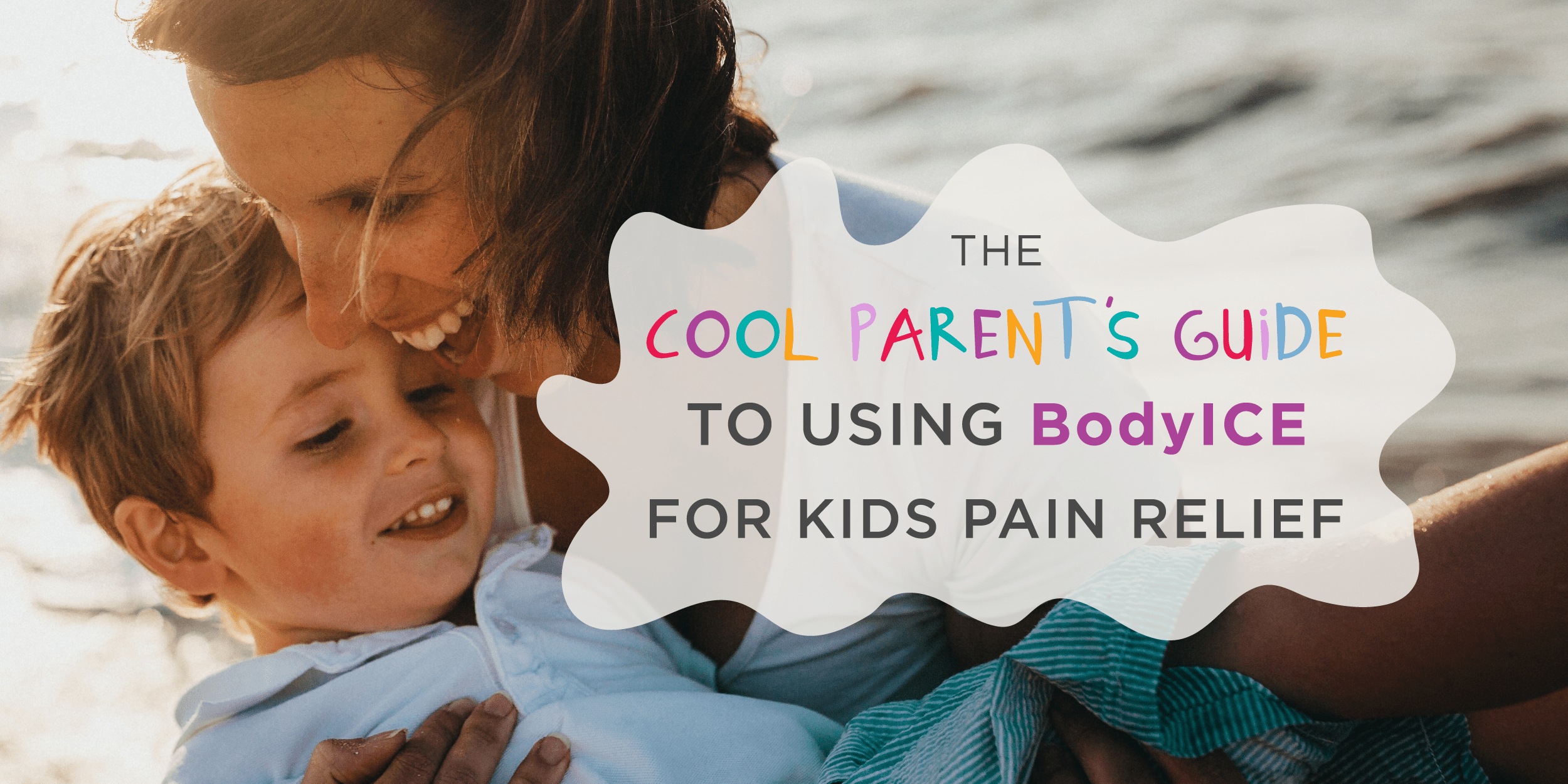

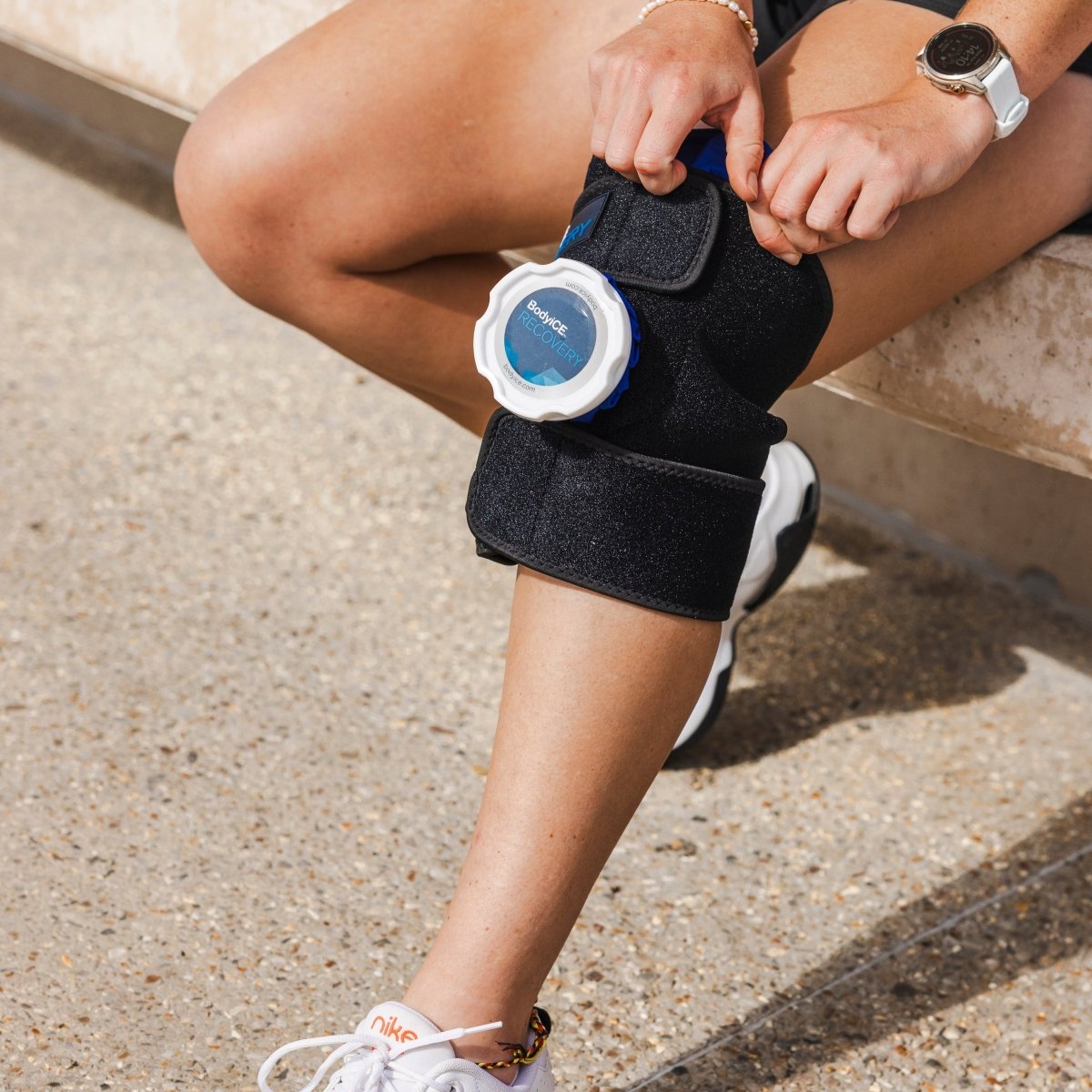

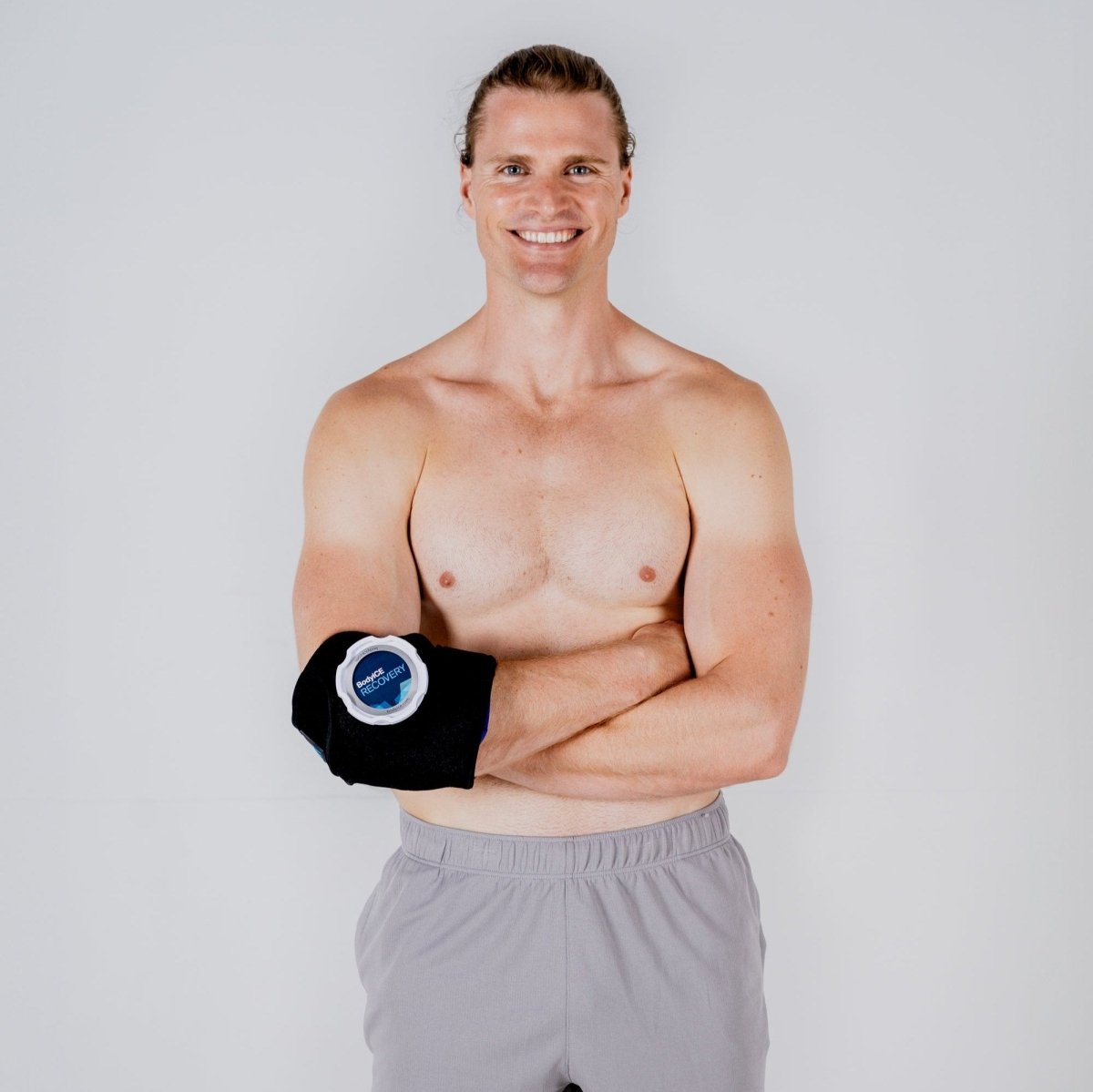
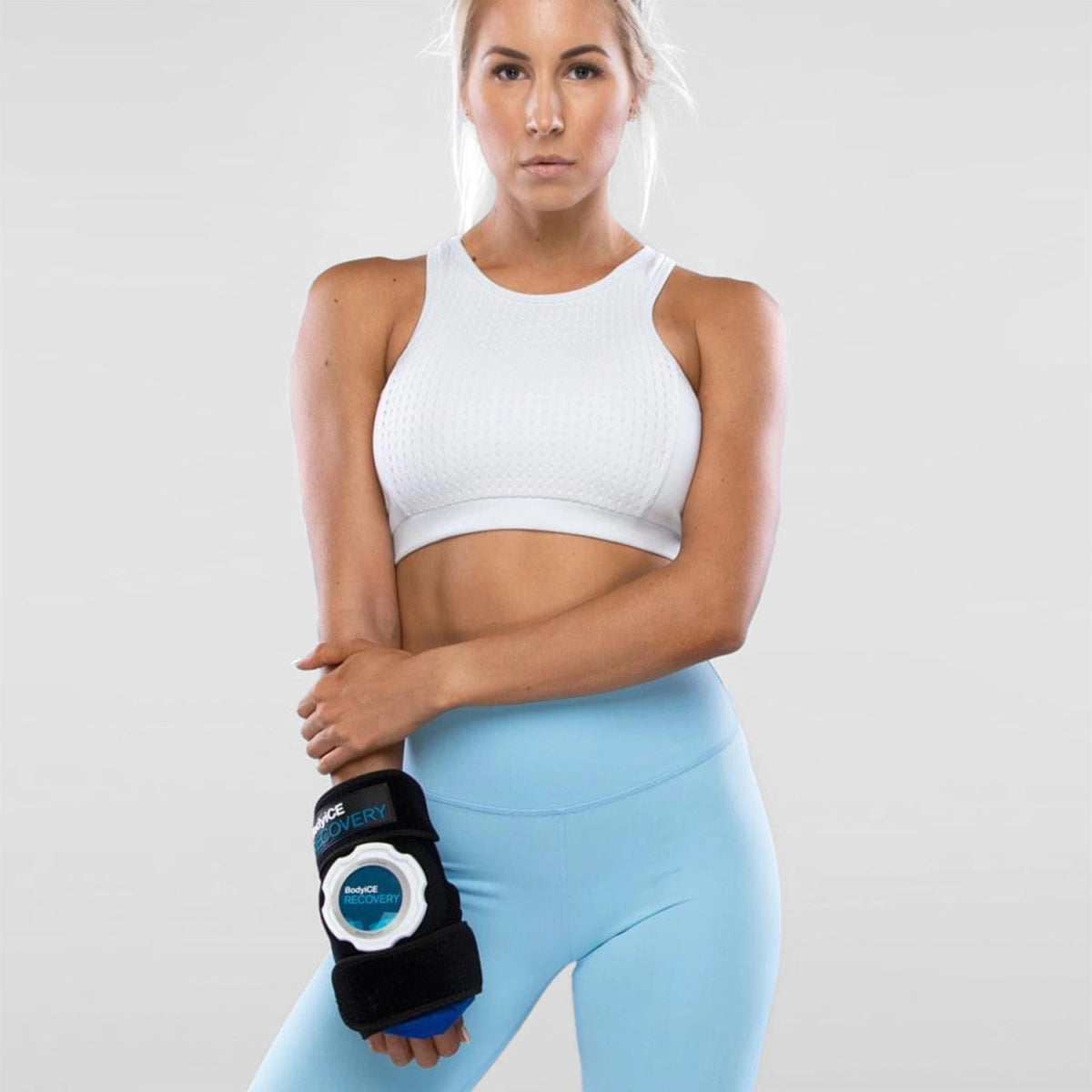
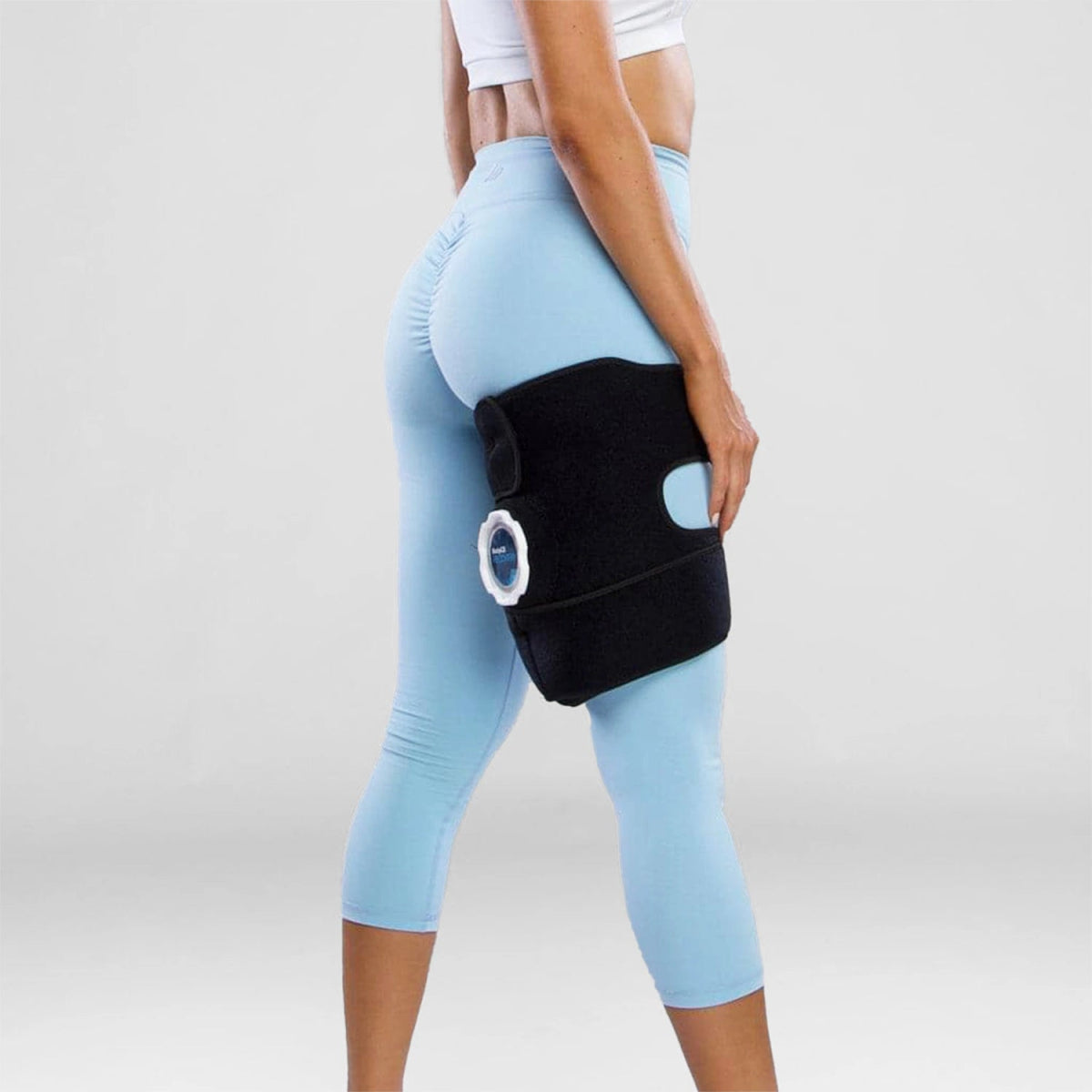
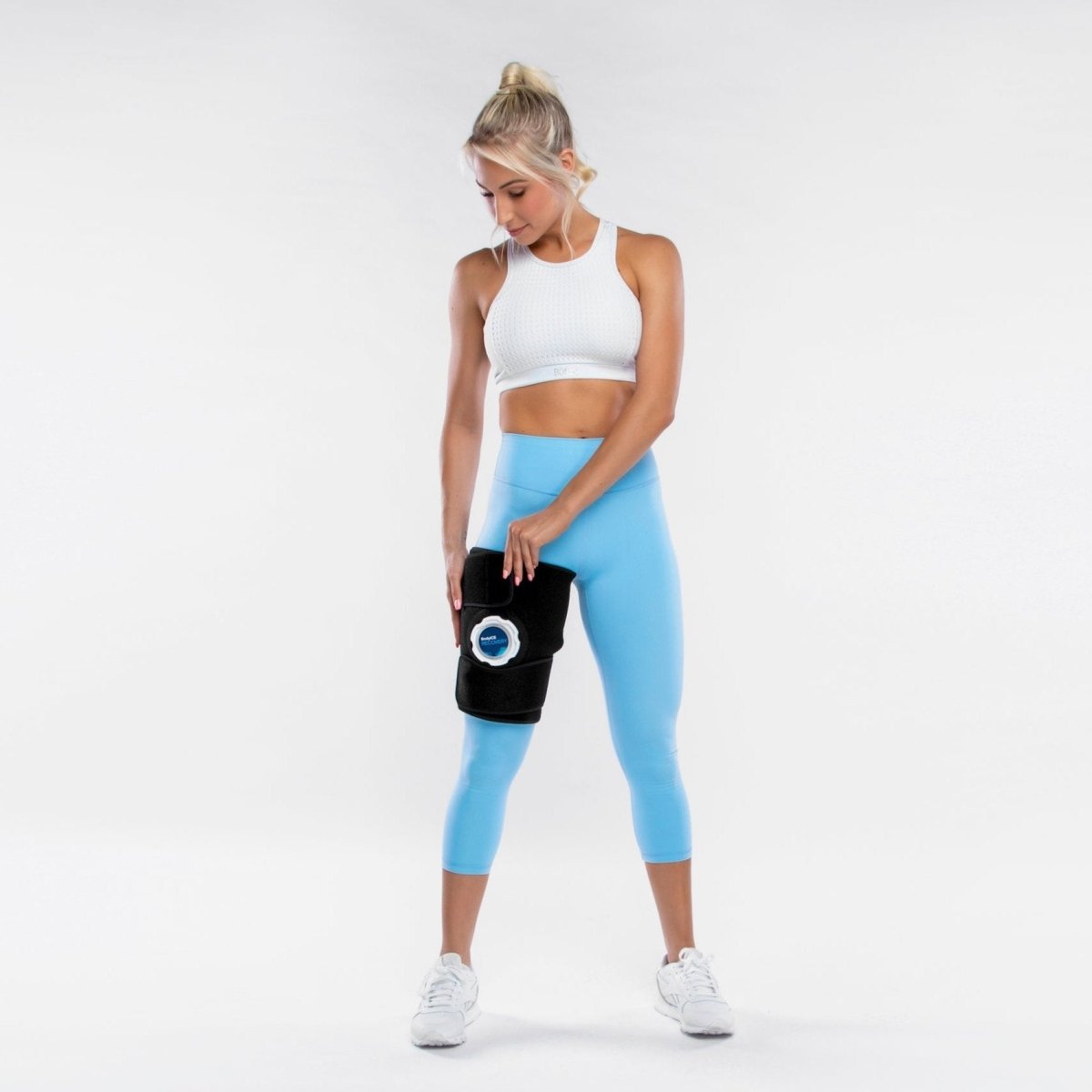
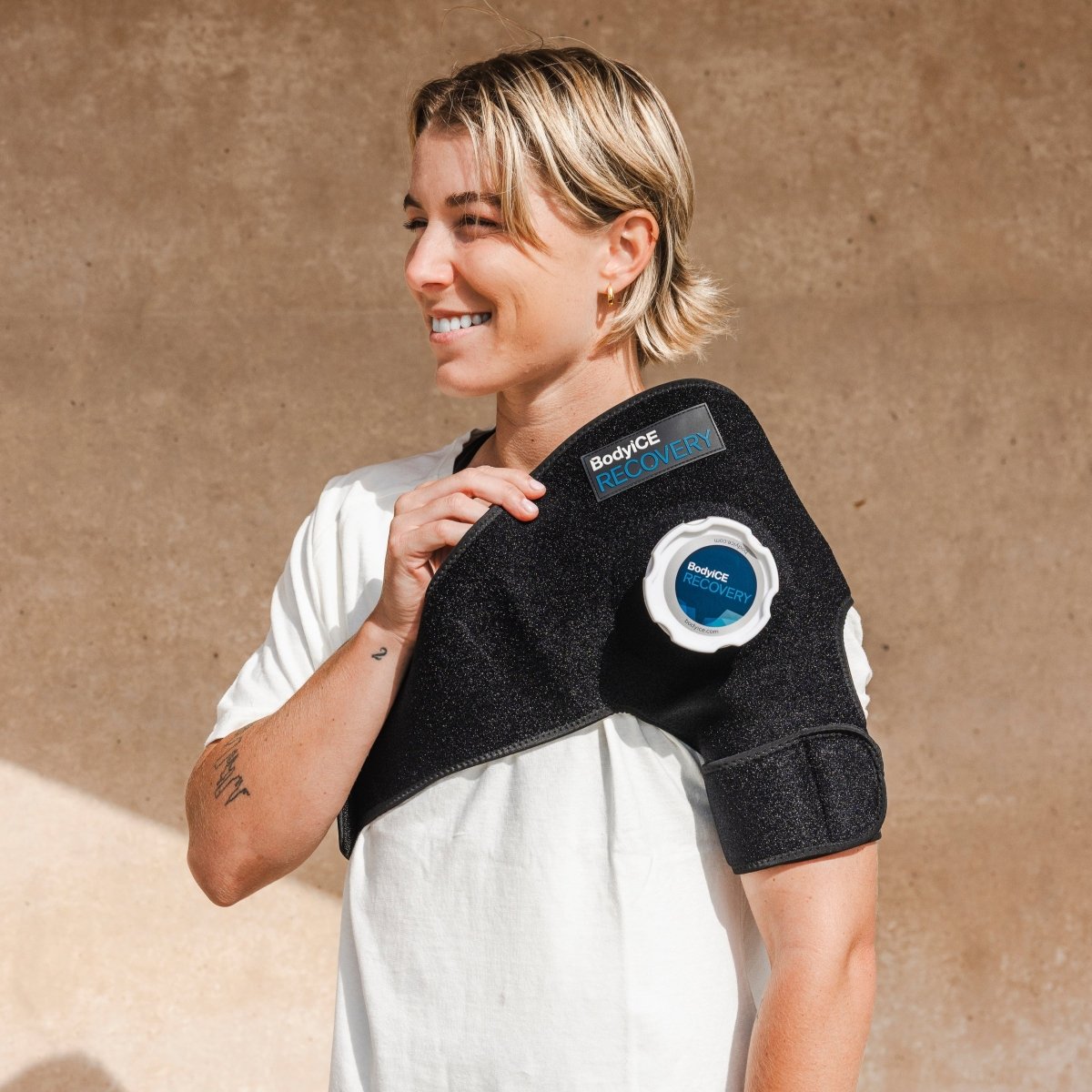
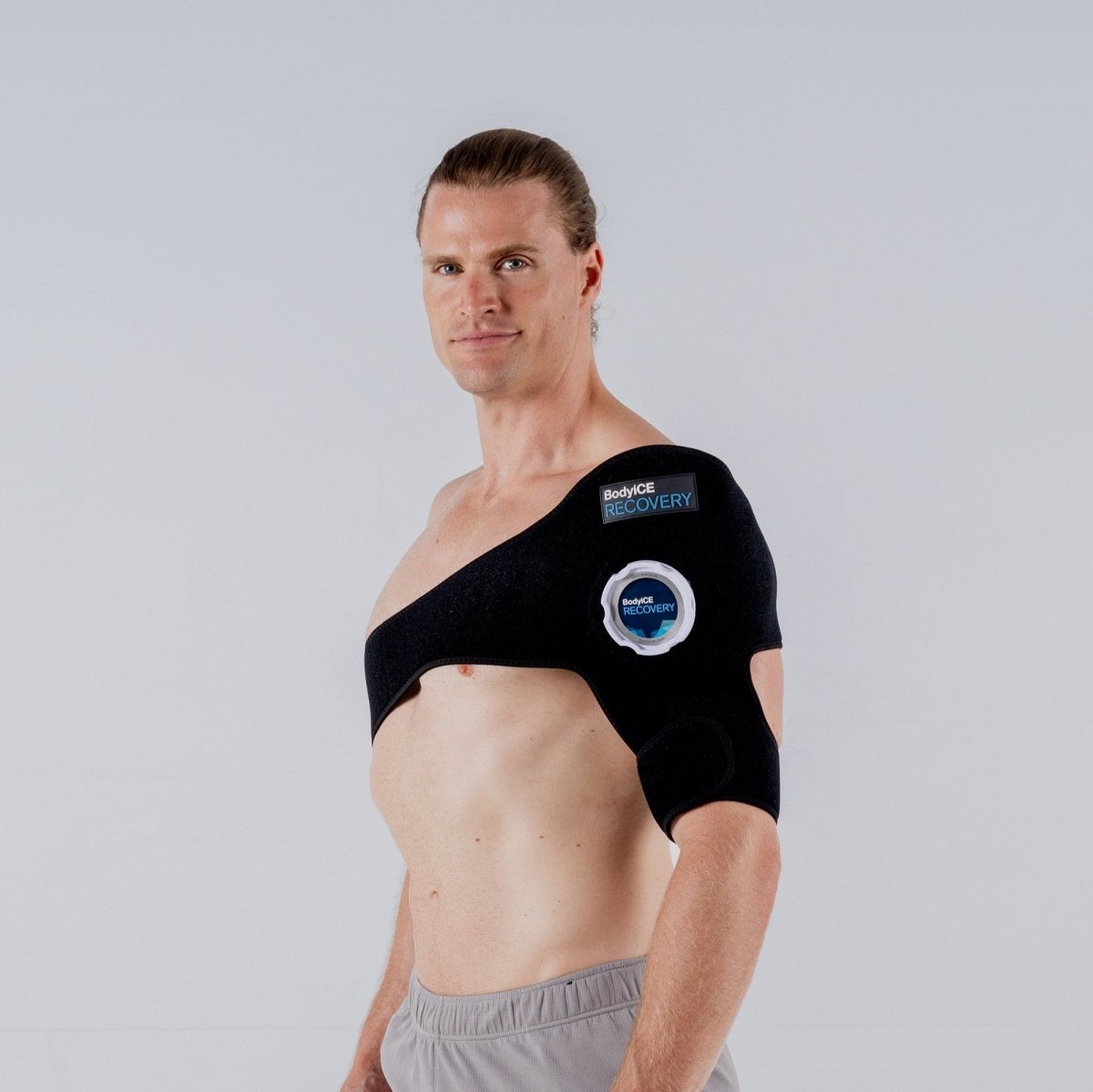


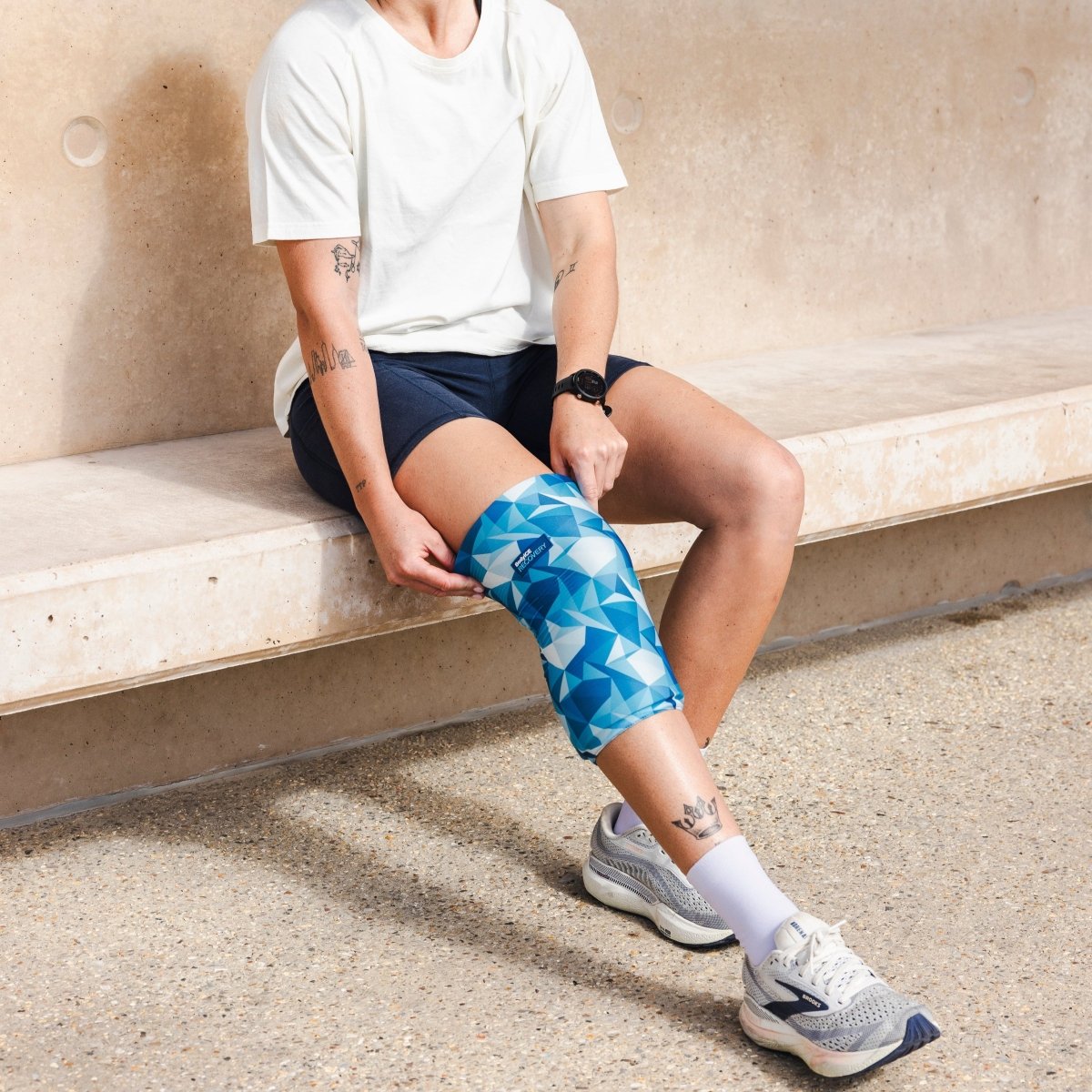
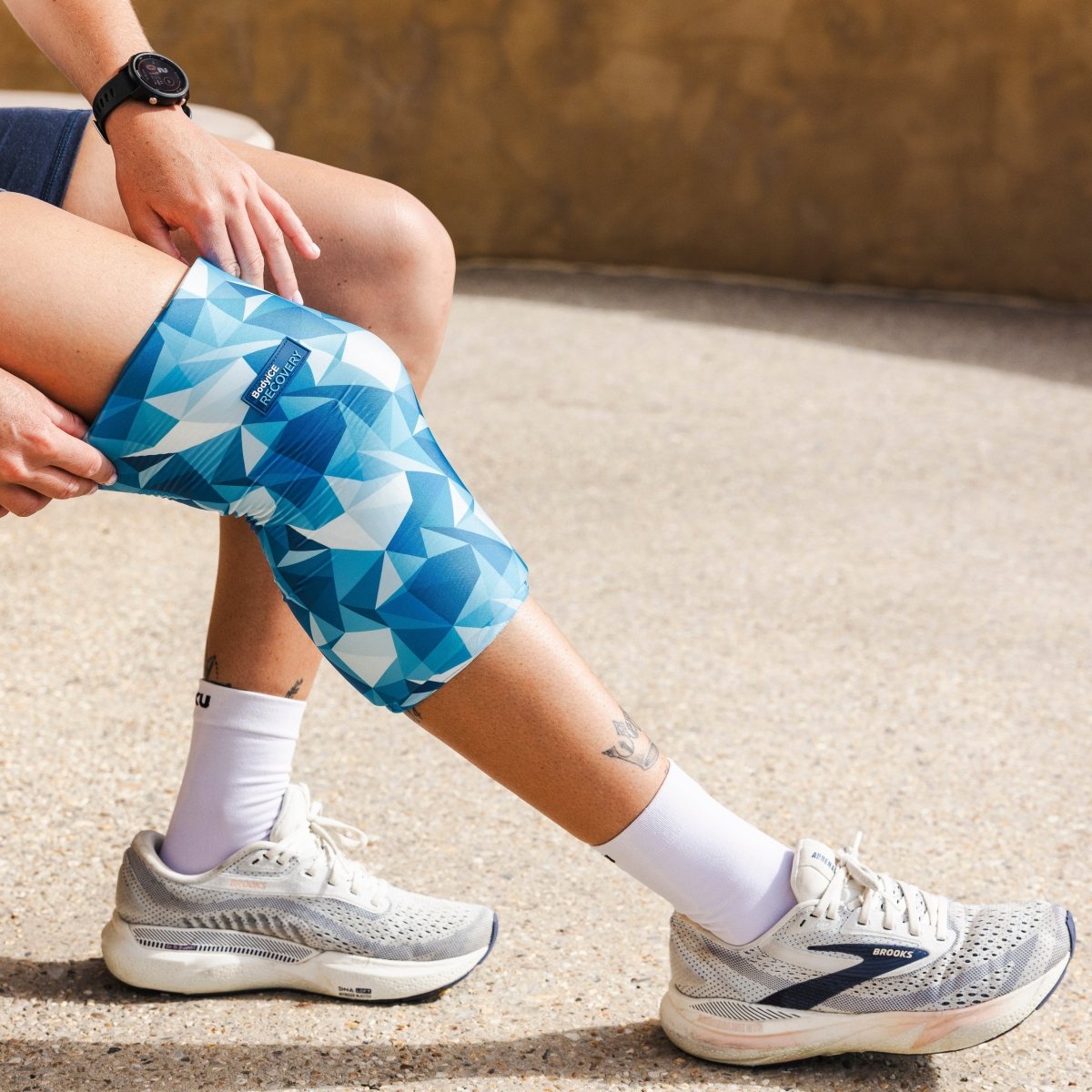
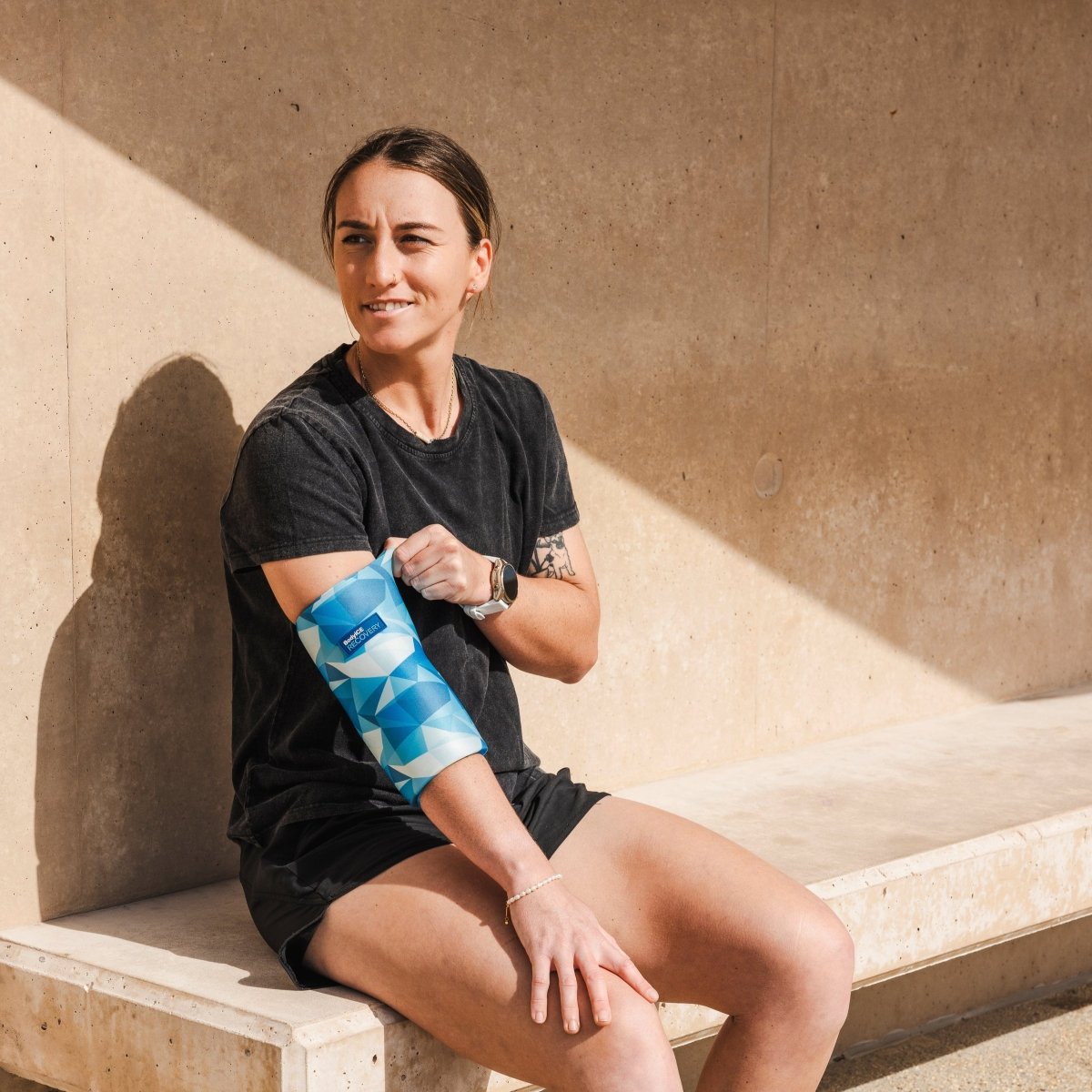
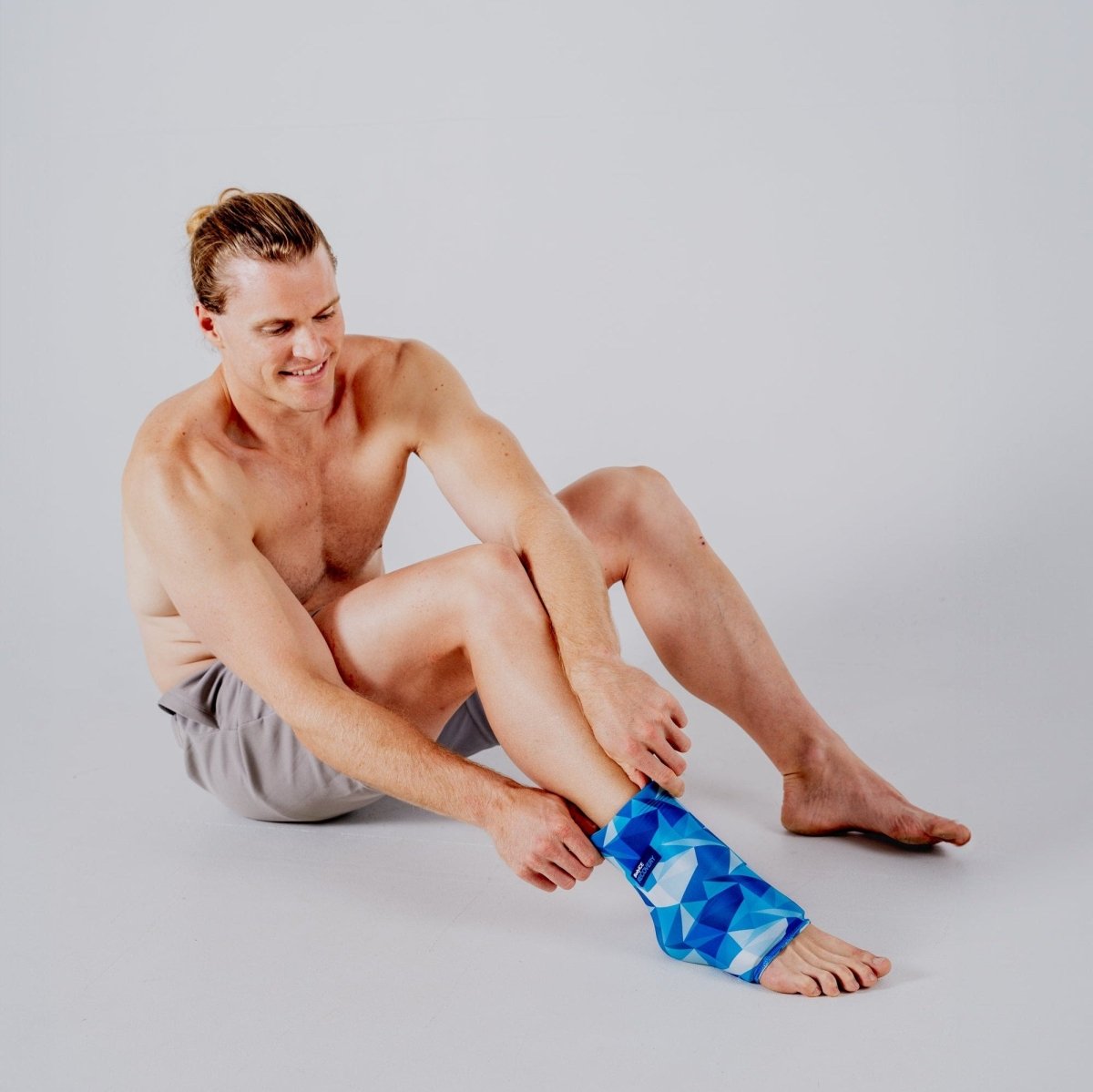
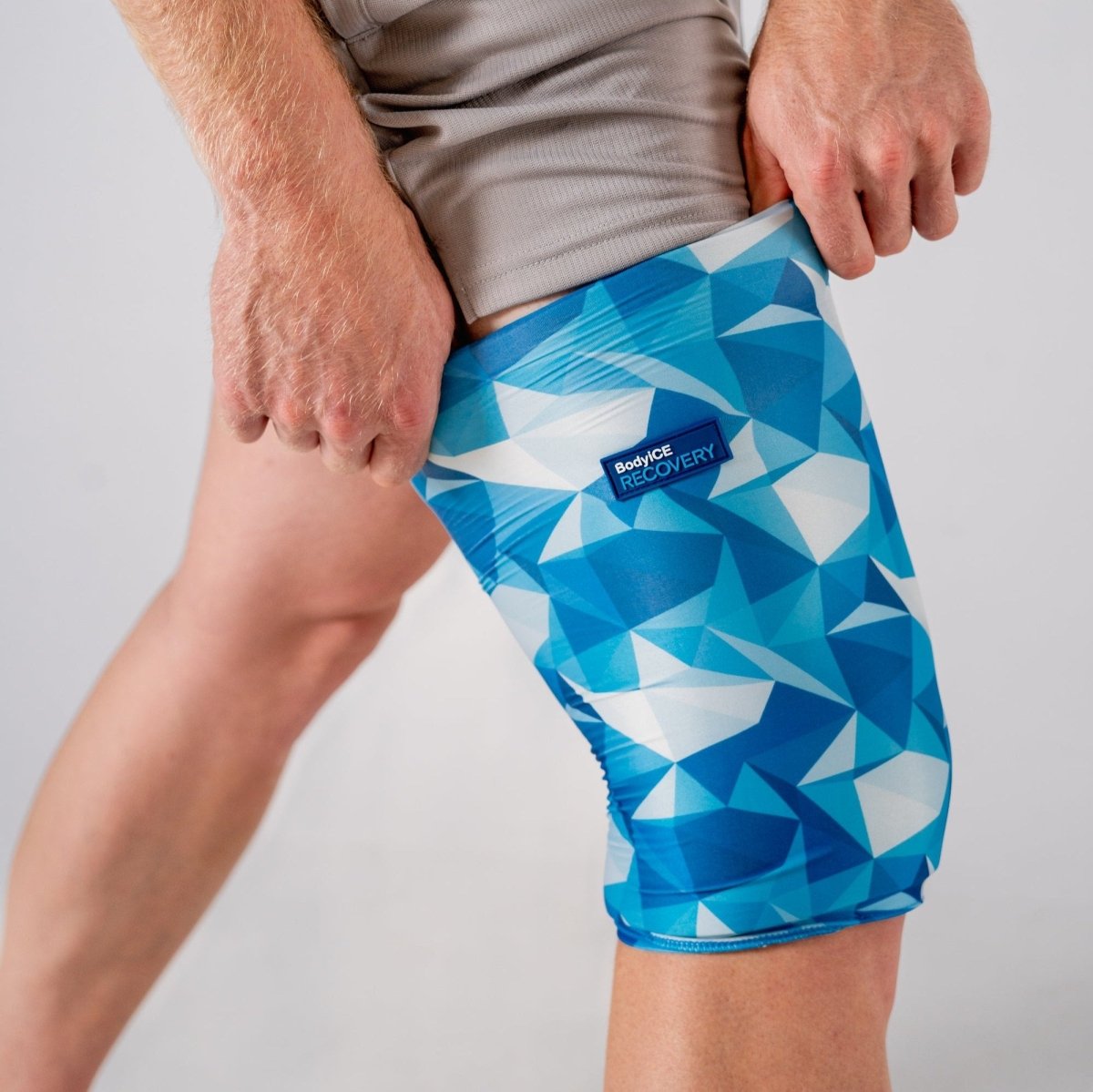
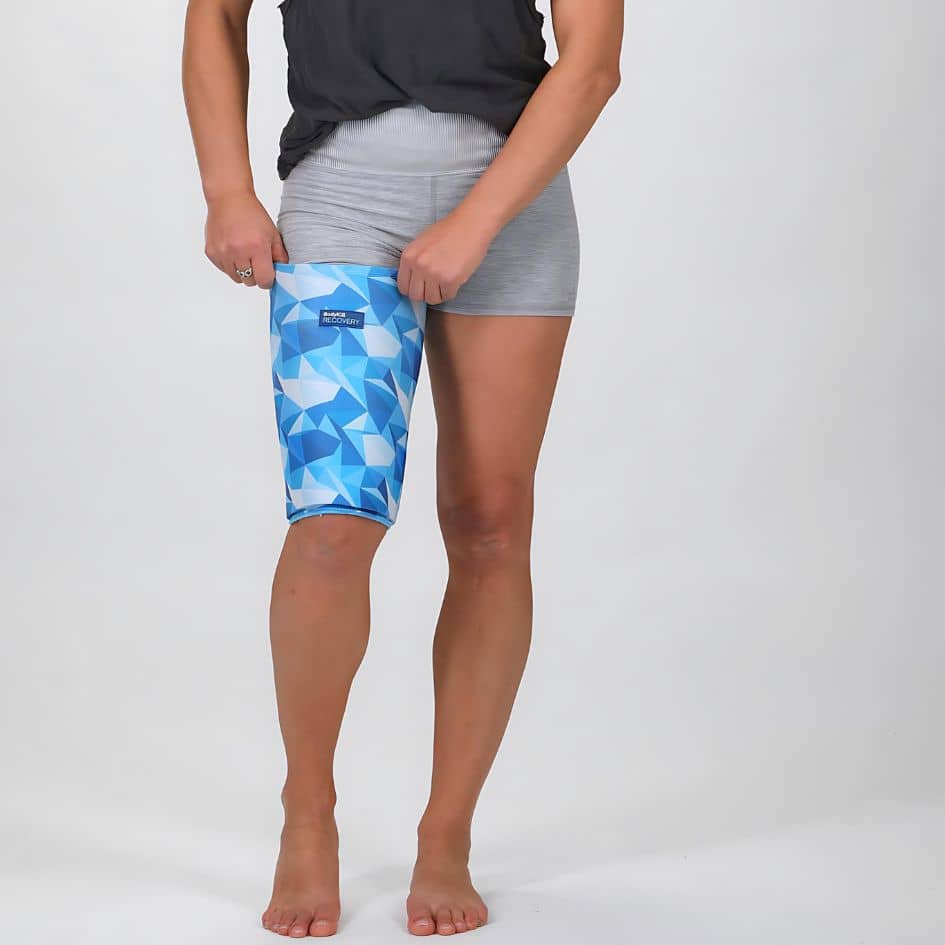
Leave a comment
All comments are moderated before being published.
This site is protected by hCaptcha and the hCaptcha Privacy Policy and Terms of Service apply.